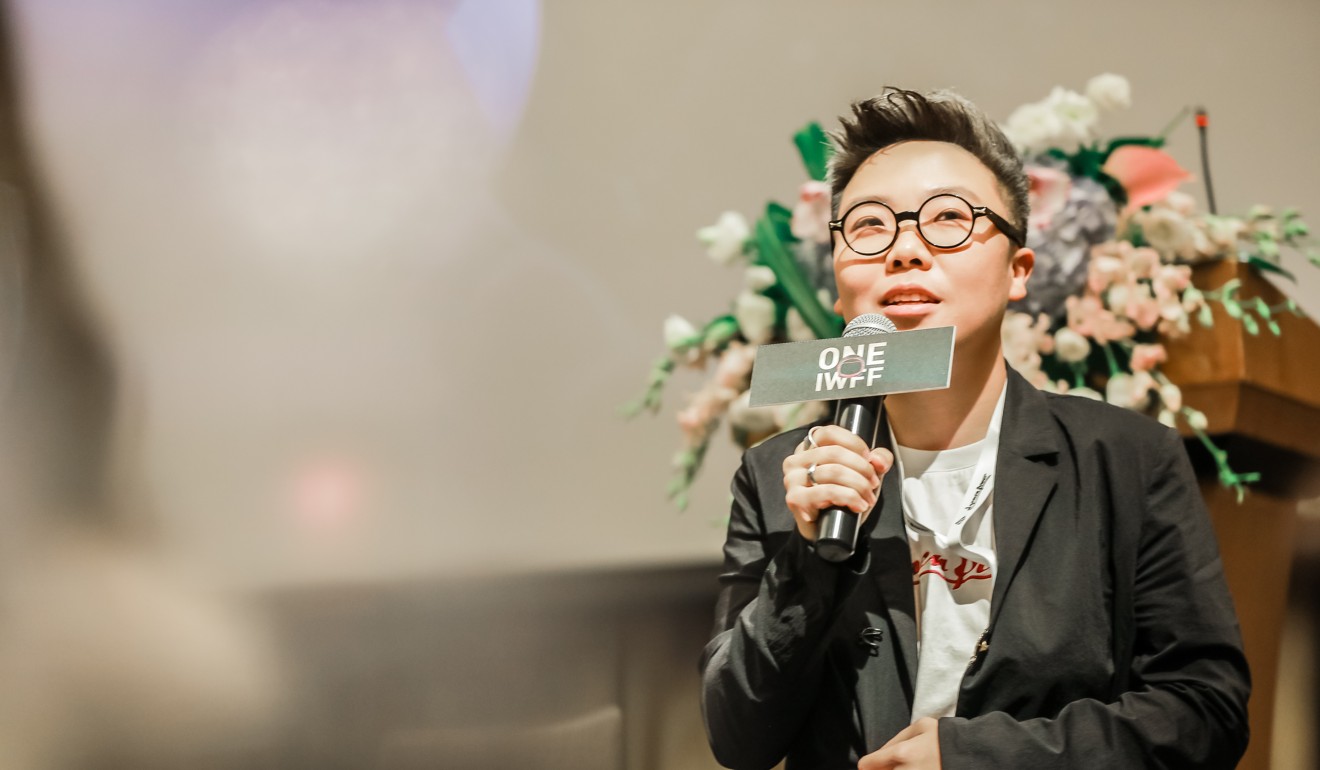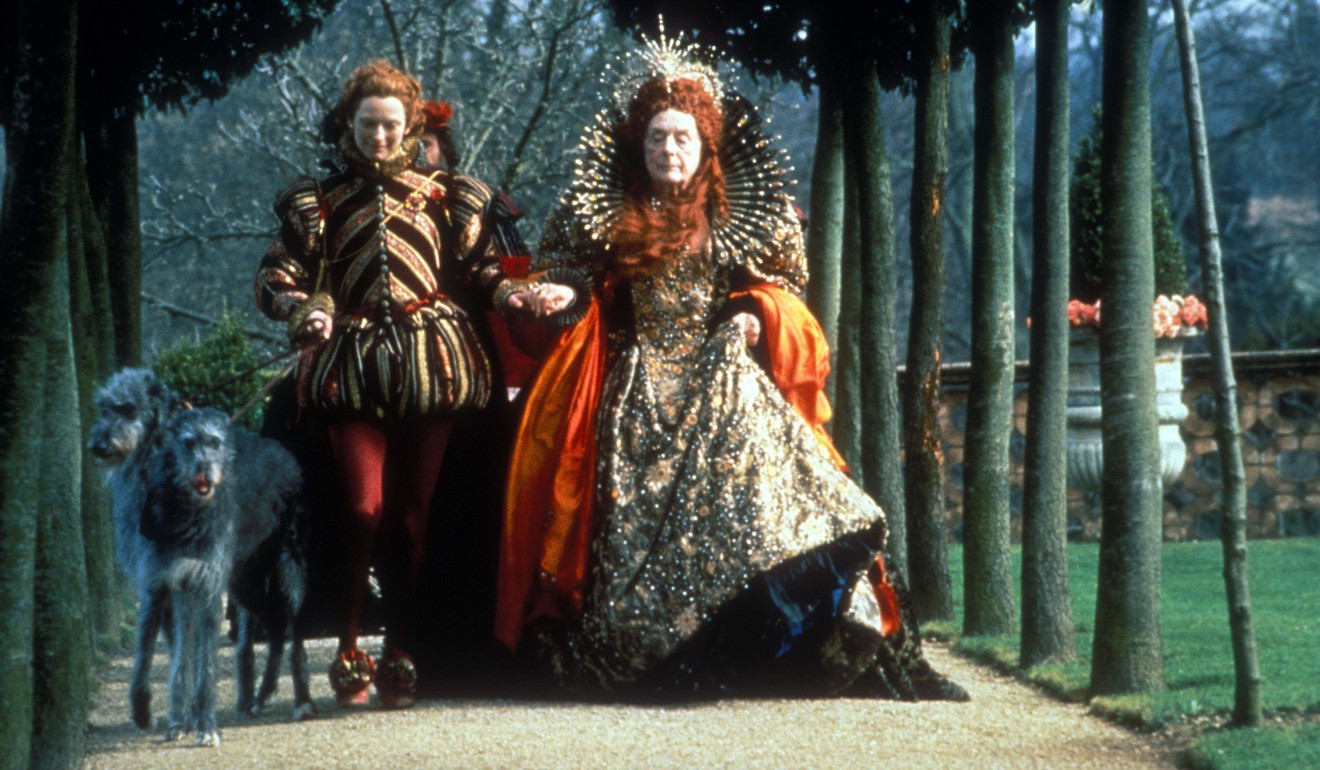
Why there are still so few Chinese female directors: one woman is on a mission to change the narrative
- Women make up more than 65 per cent of cinema-goers but most scripts still written from male perspective
- Yang Jing has established The One International Women’s Film Festival to give China’s female filmmakers a boost

While studying at Beijing’s Communication University of China, Yang Jing signed up for a series of seminars on feminism and filmmaking. When she arrived for the first session, the audience numbered a mere 11 – from a student population of more than 13,000.
Yang remembers how the participants, herself included, struggled to keep up with what the speakers were saying: “We were at a loss about all the concepts and theories we had just heard of for the first time.”
That was in 2006. Since then, Yang says, things have changed. Having established The One International Women’s Film Festival, in Chengdu, Sichuan province, in 2017, the only officially sanctioned event of its kind in the mainland, she was invited last month to deliver a talk at her alma mater about her experience. In a packed auditorium, Yang discovered a well-informed audience with their own perspectives about gender-related issues.
“There was a lot of interaction and exchange of ideas, and it reflects the way society has progressed,” she says.

Three of this year’s biggest box-office hits in China were directed by women while several young Chinese female cineastes launched their debut features at the Berlin, Rotterdam and Venice film festivals.
Yang’s own festival is symbolic of this progress. The One, the second edition of which wrapped up in September, is an ambitious enterprise that goes well beyond the screenings. Yang and her colleagues say they were amazed by the response of the local audience to their selection, including the more ideologically challenging titles.
“We were surprised by how viewers warmed to films such as Orlando,” says festival programmer Sydney Lee, referring to Sally Potter’s 1992 adaptation of Virginia Woolf’s gender-bending 1928 novel. “It was quite avant-garde at the time it was released, and remains so in comparison to what’s being screened [in China] now.

“We had a retrospective of [French film director] Agnès Varda’s work – and, again, we thought it was geared for a more limited audience. It turned out the box-office takings were really good for that, too.”
The One also collaborated with the Hong Kong Asian Film Festival, which ends on November 25. For that venture, Yang and colleagues presided over a mini-showcase of movies made by Chinese women from the 1980s (Lu Xiaoya’s The Girl in Red), 90s (Li Shaohong’s Bloody Morning and Huang Shuqin’s A Soul Haunted By Painting) and 2000s (Li Yu’s Dam Street).
Back in September in Chengdu, The One hosted a forum on the history of women-led filmmaking and a panel discussion with female editors from mainland China, Taiwan, Poland, South Korea and the United States.
Ye Ning, chief executive of Chinese film studio Huayi Brothers Pictures, attended the festival’s opener, Lost, Found (2018).
“He wasn’t here to check on the film’s box-office potential in Chengdu,” Yang says. “He said he was here to have a look at the possibilities of working with women filmmakers.”
Getting the industry onside is crucial, Yang believes, given its stranglehold on how women are portrayed on screen.
“Figures show women make up around 65 to 67 per cent of cinema-goers, so that’s an incredible audience base for companies to capitalise on,” she says. “But the gender perspectives in blockbusters can be really dated – imagine how that would affect the women watching these films.”
Yang says she and her team rejected several festival submissions because the films had too much of a masculine perspective, despite being written by women.
And she says she aims to dedicate more time at future festivals to films and events about women in rural China.
“There’s a big difference between the challenges faced by those living in the cities and their village counterparts,” she says. “The urbanites’ struggle in offices is severe, but women in the countryside have to confront even harsher conditions in life.”